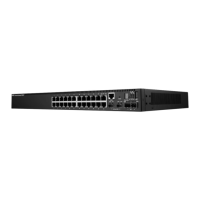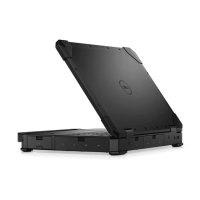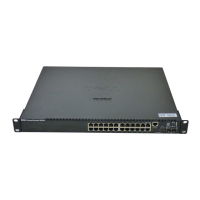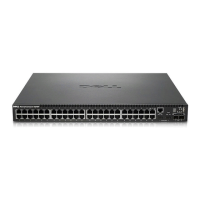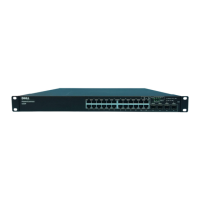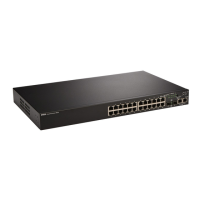20 Introduction
www.dell.com | support.dell.com
General Features
Head of Line Blocking
Head of Line (HOL) blocking results in traffic delays and frame loss caused by traffic competing
for the same egress port resources. HOL blocking queues packets, and the packets at the head of
the queue are forwarded before packets at the end of the queue.
Virtual Cable Testing (VCT)
VCT
detects and reports copper link cabling occurrences, such as open cables and cable shorts.
Jumbo Frames Support
Jumbo frames enables transporting the identical data in fewer frames. Ensuring less overhead,
lower processing time, and fewer interrupts.
For information on enabling Jumbo Frames, see "Defining General Device Information".
MDI/MDIX Support
The device supports auto-detection between crossed and straight-through cables.
Standard wiring for end stations is Media-Dependent Interface (MDI) and the
s
tandard wiring for
hubs and switches is known as Media-Dependent Interface with Crossover (MDIX).
For information on configuring MDI/MDI for ports or Link Aggregate Groups (LAGs), see
"Defining Port Parameters" or "Defining LAG Parameters".
Flow Control Support (IEEE 802.3X)
Flow control enables lower speed devices to communicate with higher speed devices, by requesting
that the higher speed device refrains from sending packets. Transmissions are temporarily halted to
prevent buffer overflows.
For information on configuring Flow Control for ports or LAGs, see "Defining Port Parameters" or
"Defining LAG Parameters".
Back Pressure Support
On half-duplex links, the receiving port prevents buffer overflows by occupying the link so that it is
unavailable for additional traffic.
For information on configuring Back Pressure for ports or LAGs, see "Defining Port Parameters" or
"Defining LAG Parameters".
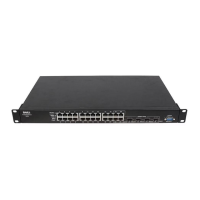
